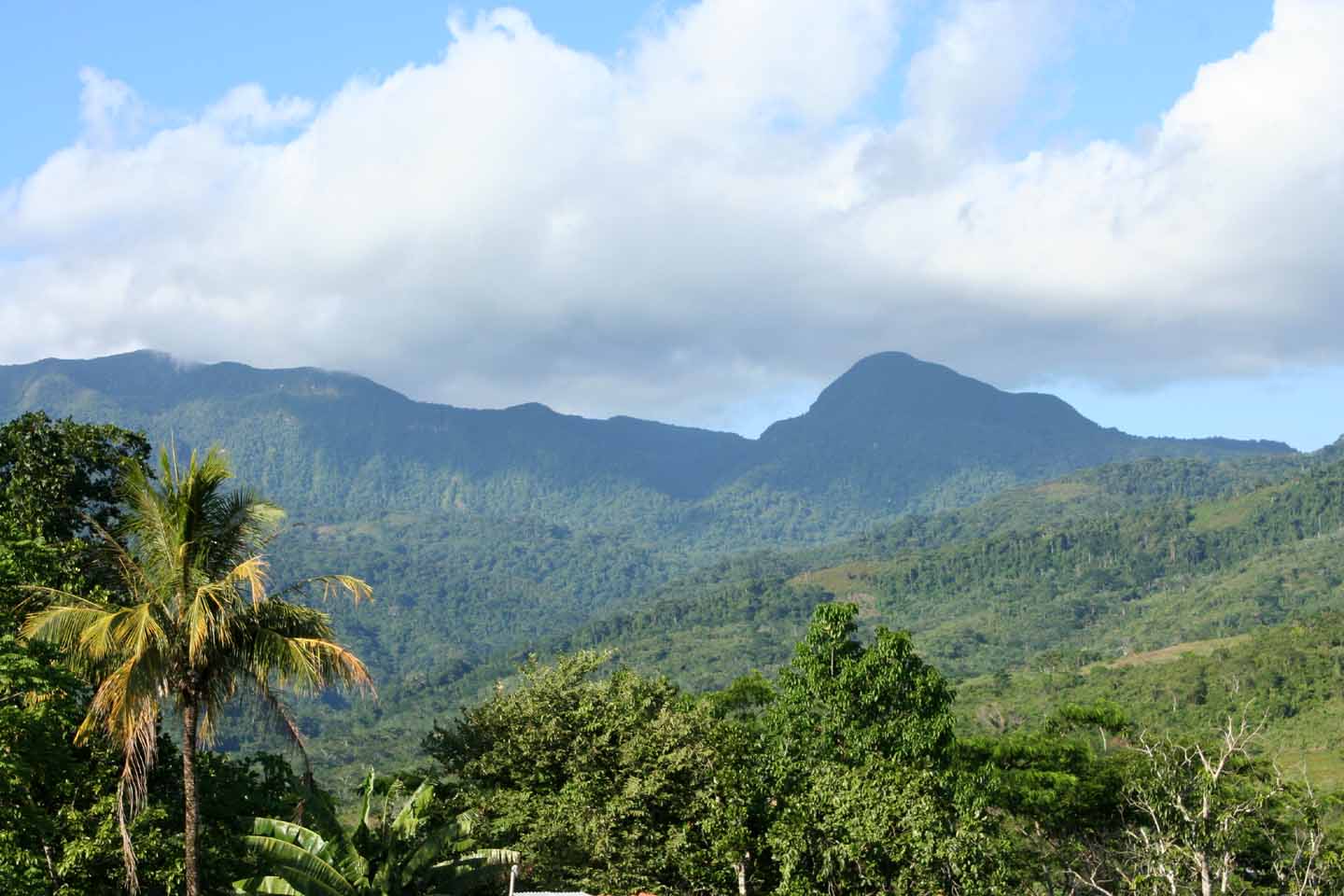This week we travel to Chanchamayo for the first in a series of workshops for the coffee growers there. This year world coffee prices are low, so our focus will be on coffee quality above all else. Our direct market philosophy doesn’t pay any attention to the bulk wholesale price of coffee, but to a sustainable, equitable pricing that allows for the growers to receive a just price for their coffee. Rather than have some good years, and then years of low prices and economic stagnation for the farmers, we pay a higher, consistent price every year. When prices are low like now, we can insist on better quality and attention to care of the new crop because we’re the best option that actually pays an ethical price. When prices are high though, we’re still able to get great coffee because we’ve built an actual relationship rather than just being another buyer.
The Solar Drying Tents
We have the materials and construction information for one of the solar coffee drying tents that we’ll be trying to get into as many small farms as possible. Getting the drying coffee beans off of the ground is the most important step in assuring quality in the field. The typical grower will dry the coffee on a tarp which can be effective, but allows an exchange of moisture between the ground and the coffee, which has an adverse effect on the green beans. If there is any rain, then the subtle flavors can easily be completely lost. In addition to poor drying or simple loss of flavor, often dirt, rocks, and even animal waste can inadvertently contaminate an otherwise delicious coffee.

The solar drying tents are then coupled with a table covered by anchovetera, (which is a netting that keeps the full sized coffee beans suspended in the air and allows them proper air flow,) and the beans are rotated and moved. They dry evenly in the solar tent to a humidity of 12% or less. Typically, the beans will take about 5 days to dry to the proper humidity.
Third Year for Curibamba
This will be the third year of the Curibamba Coffee project. Each year the coffee quality has improved, and we hope that this year we’ll see the best quality yet. The consensus among agricultural experts is that this year will see a significant increase in coffee production in Peru, although still much below the banner year of 2011 before many farms were devastated by the coffee rust (a fungus that has ravaged coffee crops across Latin America.)
As always, the workshops stick to the basics of good coffee stewardship. This is where it begins. The farmers must carefully pick only mature red coffee beans, promptly wash and ferment the beans, and dry properly. Beyond that, we provide Grainpro bags so that freshness is immediately preserved upon complete drying.
Our main goal personally, is to try and see what the actual conditions are at every step of the way from the fields until the coffee is warm & delicious in your cup. That’s much much easier said than done for a host of reasons, the least of which is transportation.
Driving Dilemma
After years of consciously not driving in Peru, I had brought this time a certified Motor Vehicle Document (Driver History/Status) as well as A Certified College Diploma which theoretically would have given me two options to get a drivers license here. Apparently because they don’t have the correct seal from the Secretary of State in the state of issue, neither document will work. The US embassy here doesn’t affirm anything by seal, so that was a non starter as well (went there myself.) It may take longer until I’m driving than I had hoped… Meanwhile, Yrma should have her license renewed soon. So for the moment, we’re still subject to the whims of colectivos & busses, with an occasional day driver thrown in for good measure.
We’re up early tomorrow to beat the traffic…
©2015 Ben Gangloff
You might also like:
Peru Ranked Third for Adventure Tourism, Here’s Why
Inti Raymi: Cusco’s biggest festival
Why the Peruvian Economy Matters to the World
US Chocolate Made with Peruvian Cocoa Wins Awards

Did you enjoy this page? Have questions? Would like information on something to be posted here? Please drop us a line, or sign up for our email list in the box to the right.
